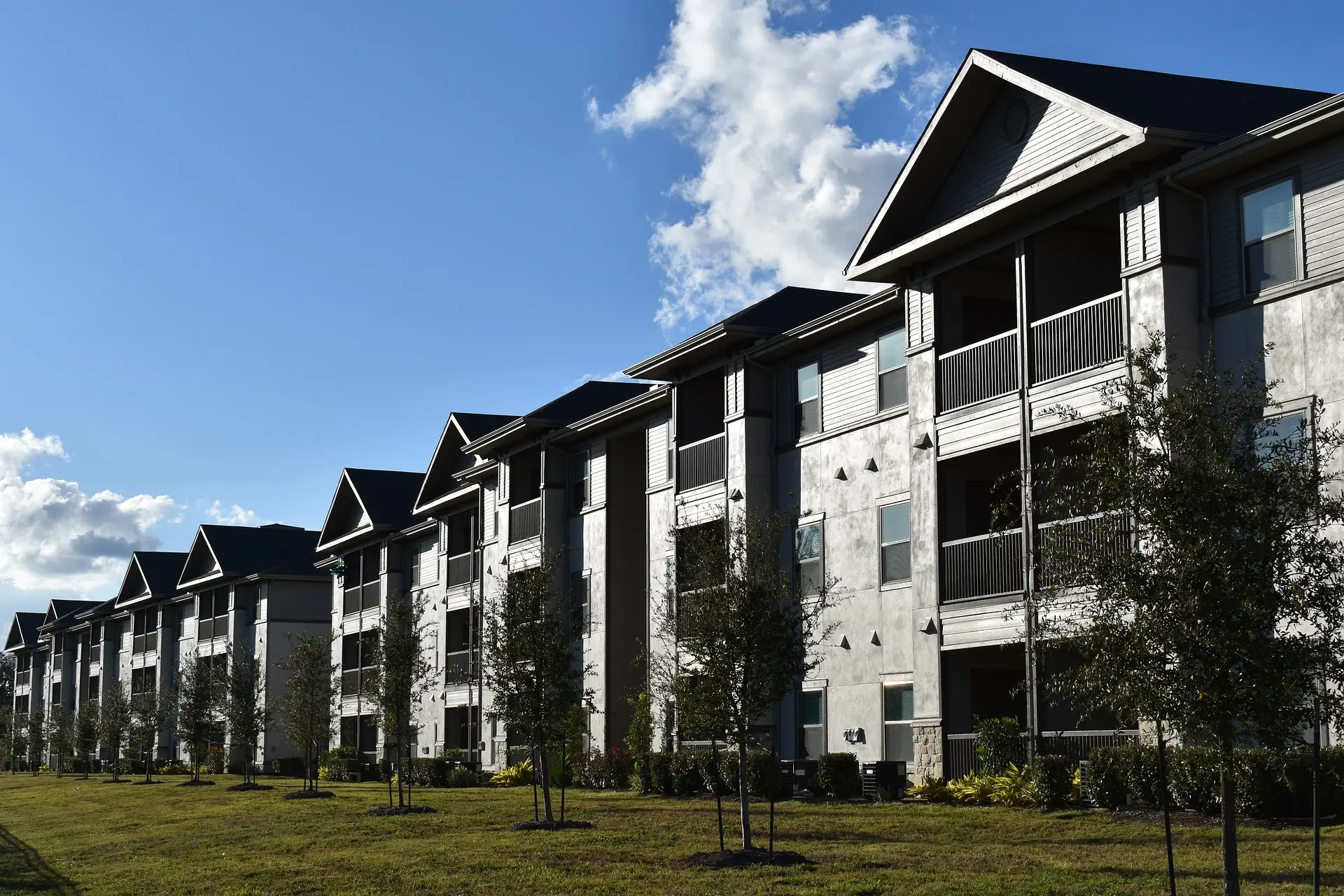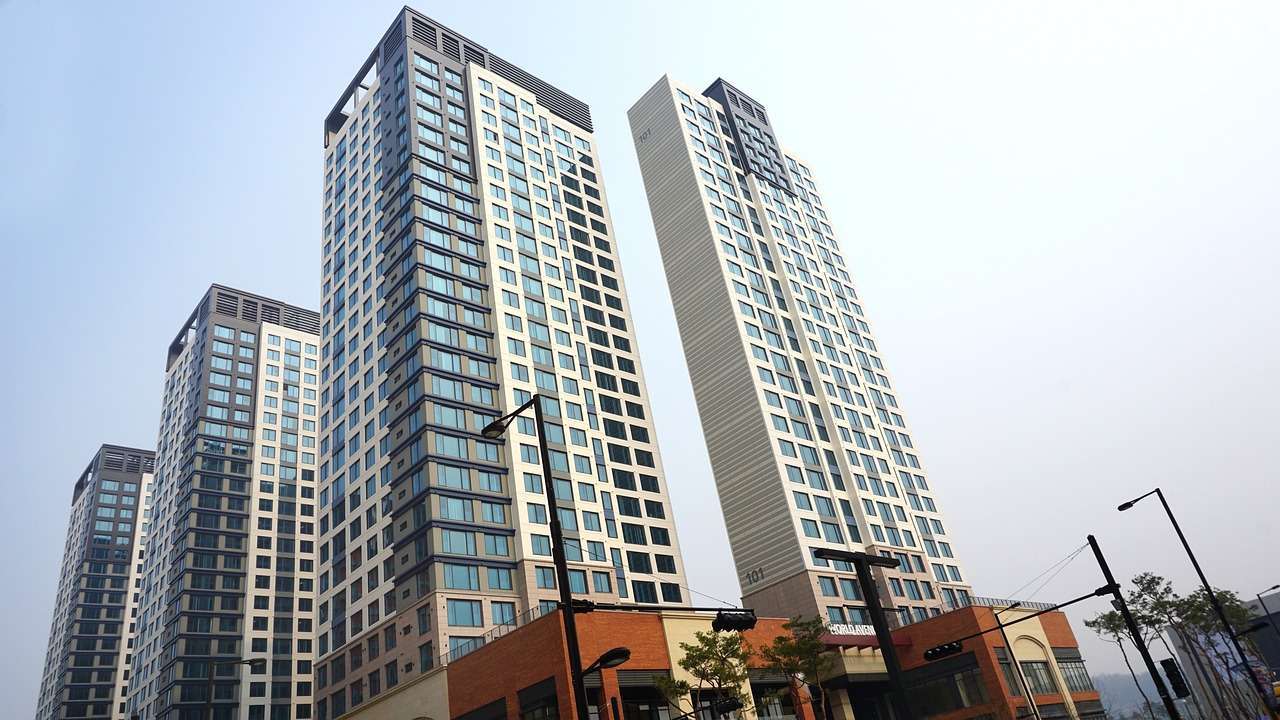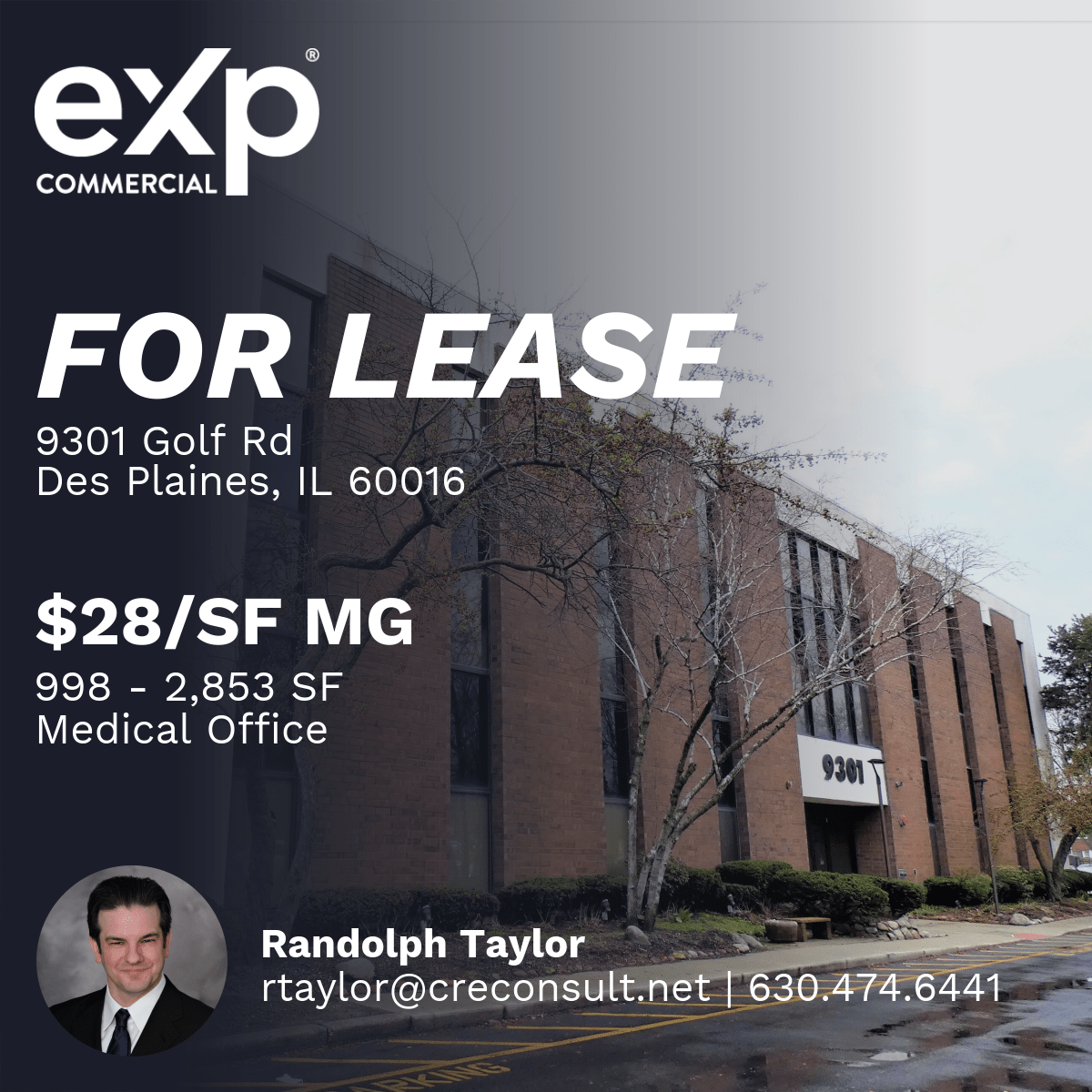
When evaluating investment opportunities, it is important to understand the difference between commercial and residential real estate. They are both vastly different beasts with their own unique sets of pros and cons.
The main difference between commercial and residential real estate is that commercial real estate is used for business purposes, while residential real estate is used for living purposes. That means that commercial properties are typically larger and more expensive than residential properties, but they also have the potential to generate higher returns. Commercial real estate is also riskier than residential real estate, so it’s essential to do your due diligence before investing.
So, which is better? It all depends on your individual goals and needs as an investor. Here’s a look at the key differences between commercial and residential real estate to help you make an informed decision.
What is Commercial Real Estate?
Commercial real estate is any property zoned and used for commercial purposes. This can include office buildings, retail space, warehouses, factories, and more. Commercial real estate is integral to any city or town as it provides space for businesses to operate.
Different types of commercial property
There are four main types of commercial property: office, retail, industrial, and mixed-use:
- Office properties typically host business operations, including small single-story buildings to large skyscrapers.
- Retail properties are designed for businesses that sell goods or services to the public, such as stores, restaurants, and malls.
- Industrial properties are usually large warehouses or factories where goods are manufactured or stored.
- Mixed-use properties are a combination of two or more of the other types of commercial property and are often found in busy urban areas.
Is it worth buying commercial property?
The estimated value of the commercial real estate in the U.S. is $20.7 trillion, including large apartment buildings and special-use properties like hospitality and self-storage. Regarding real estate investment, commercial properties offer a range of advantages over their residential counterparts.
Firstly, commercial tenants tend to stay longer, leading to a steadier income stream. Commercial properties also often have higher rent rates, providing the potential for greater returns on investment. In addition, commercial leases often include clauses that require the tenant to cover certain expenses, reducing the financial burden on the owner. Examples include property taxes, improvements, and building maintenance.
What are the disadvantages of commercial real estate?
While commercial real estate can bring in steady income through rent or leases, it also carries a higher risk than residential properties. One drawback is the longer timeline for finding tenants or customers and negotiating contracts, resulting in potentially longer periods without income.
In addition, commercial properties often require more maintenance and upkeep, including major repairs such as roof or HVAC replacements. Another potential issue is the higher cost of financing, as commercial loans generally have stricter requirements and shorter repayment terms. Overall, careful research and analysis are necessary to weigh the potential risks and benefits before deciding.
What is Residential Real Estate?
Residential real estate is the property for living purposes, including new construction and resale homes. It covers many property types, from single-family homes to multifamily dwellings like apartments and condos.
Different types of residential property
There are many different types of residential real estate, including single-family homes, townhouses, condominiums, and cooperative apartments:
- Single-family homes are the most common type of residential real estate in the United States. These homes are typically detached from other residences and have a yard or garden area.
- Townhouses are another type of residential real estate. They are attached to other residences but usually have their entrance.
- Condominiums are another type of residential real estate. They are similar to apartments, but each unit is owned by an individual rather than rented from a landlord.
- Cooperative apartments are residential real estate where the residents own and operate the property together.
Other types of residential real estate include multifamily homes (such as duplexes and triplexes), mobile homes, and manufactured homes. Multifamily homes are usually investment properties, while mobile and manufactured homes offer a more affordable option for those who want to own their own home.
Is it worth buying residential property?
Many people view commercial real estate as the more profitable investment, but residential property also presents its unique benefits compared to commercial. One significant advantage is the consistency of demand. Commercial properties can experience fluctuations in rental income due to changes in the industry or the economy. Conversely, residential rents tend to remain steady as there will always be a need for housing.
Additionally, rental rates for residential properties have a strong potential for growth over time. This can provide investors with a steady income stream and the potential for value appreciation if they choose to sell. And, unlike commercial leases, which often have long terms and strict landlord responsibilities, residential leases are typically shorter and less demanding.
What is the Difference Between Commercial vs. Residential Real Estate?
Commercial real estate vs. residential real estate investing
Here’s a more detailed look at the key differences between these two real estate types.
Location
Location is one of the most important factors when choosing between commercial and residential real estate. Commercial properties are usually located in business districts or nearby businesses, whereas residential properties are typically situated in neighborhoods or subdivisions. The location of a property can impact its value, so it’s essential to choose wisely.
Renters/Tenants
Another key difference between commercial and residential real estate is who rents/lives in the property. In commercial real estate, businesses are the typical tenants, while in residential real estate, individuals or families are the usual occupants. The type of tenant can affect the stability of income, as well as the amount of maintenance required.
Size/Scale
Commercial real estate properties are often much larger than residential ones since businesses need more space than home residents. This means that commercial properties typically require more capital to buy and more manpower to maintain. However, it also means that there’s potential for higher returns on investment (ROI).
Financing Options
When it comes to financing, commercial and residential real estate each have their unique options. For instance, with commercial real estate, you may get an SBA loan, which the Small Business Administration backs. With residential real estate, you can take out a home equity loan if you own your home outright or have significant equity built up. You could use these funds as a down payment for a rental property.
Is commercial real estate better than residential?
So, which is better—commercial or residential real estate? The answer depends on your goals as an investor. Residential real estate is probably your best bet if you’re looking for stability and modest returns. However, if you’re willing to take on a bit more risk in exchange for potentially greater rewards, commercial real estate could be the way to go.
Whatever you choose, make sure you do your homework first to know what you’re getting into.
The Bottom Line
Choosing between commercial and residential real estate is a big decision that should not be made lightly. There are many factors to consider, such as location, type of tenant, size/scale, and financing options. In addition, the type of investment you choose will depend on various factors, including your investment goals, budget, and experience level. By understanding the critical differences between the two, you’ll be better positioned to make the right decision.
Source: Commercial vs Residential Real Estate: Which is Better? | Crexi Insights
https://www.creconsult.net/market-trends/commercial-vs-residential-real-estate-which-is-better/





